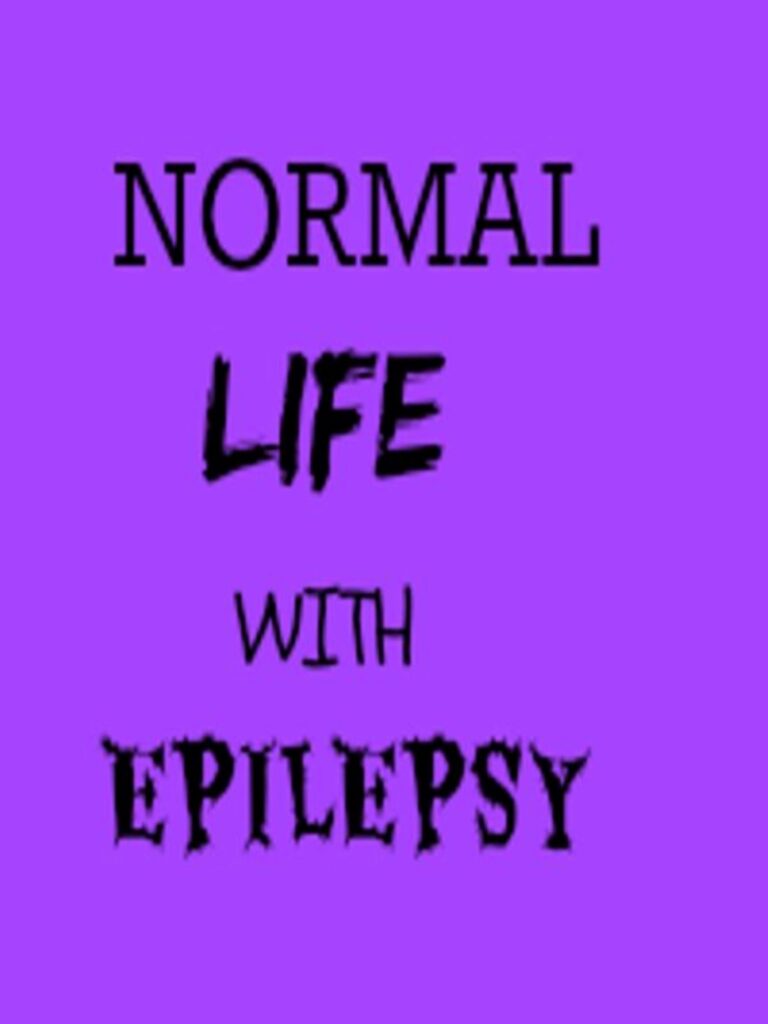Understanding Photosensitivity and Epilepsy
Empowering Lives Through Awareness
Explore the connection between photosensitivity and epilepsy, and learn how to manage and mitigate their effects on daily life.
The Link Between Photosensitivity and Epilepsy
Navigating Life with Photosensitivity and Epilepsy
Photosensitivity can trigger seizures in individuals with epilepsy. This condition, known as photosensitive epilepsy, affects how people interact with their environment, particularly in situations involving flashing lights or patterns.
Understanding the triggers and implementing strategies to avoid them can significantly improve the quality of life for those affected. From adjusting screen settings to modifying lighting in living spaces, there are numerous ways to manage photosensitivity effectively.
Key Statistics on Photosensitivity and Epilepsy
100
Approximately 3% of people with epilepsy have photosensitive epilepsy.
100
Photosensitive epilepsy is more common in children and adolescents, with onset typically occurring between ages 7 and 19.
100
Research indicates that 1 in 4 people with photosensitive epilepsy experience their first seizure due to exposure to flashing lights.
100
Studies show that video games and television are common triggers for photosensitive seizures in 70% of affected individuals.
100
Preventive measures, such as using blue light filters and reducing screen time, can decrease the likelihood of seizures by up to 50%.
100
Ongoing research aims to develop better diagnostic tools and treatment options for photosensitive epilepsy, improving patient outcomes.
Common Triggers of Photosensitive Seizures

Flashing Lights
Patterns and Stripes
Video Games
Natural Light
Frequently Asked Questions About Photosensitivity and Epilepsy
Here are some common questions and answers about photosensitivity and epilepsy to help you understand the condition better.
What is photosensitivity in epilepsy?
Photosensitivity in epilepsy refers to seizures that are triggered by visual stimuli, such as flashing lights or patterns.
How common is photosensitivity in people with epilepsy?
Approximately 3% of people with epilepsy have photosensitive seizures, though this can vary based on age and other factors.
Can photosensitive seizures be prevented?
While not all seizures can be prevented, avoiding known triggers, using screen filters, and taking prescribed medications can help reduce the risk.
Are there specific tests for photosensitivity?
Yes, an EEG (electroencephalogram) with photic stimulation is commonly used to diagnose photosensitivity in individuals with epilepsy.
Can lifestyle changes help manage photosensitivity?
Yes, lifestyle changes such as reducing screen time, avoiding known triggers, and using protective eyewear can help manage photosensitivity.
What should I do if someone has a photosensitive seizure?
Ensure the person is safe, remove the visual trigger if possible, and follow first aid steps for seizures. Seek medical help if needed.
Can photosensitivity change over time?
Yes, photosensitivity can change with age and other factors. Regular check-ups with a healthcare provider are important for managing the condition.
Are there treatments specifically for photosensitive epilepsy?
Treatment options include anti-seizure medications, lifestyle adjustments, and sometimes specialized glasses or lenses to reduce visual triggers.
Is photosensitivity only related to epilepsy?
While photosensitivity is commonly associated with epilepsy, it can also occur in other conditions. It’s important to consult a healthcare provider for an accurate diagnosis.
Learn More About Managing Photosensitivity and Epilepsy
If you or a loved one is affected by photosensitivity and epilepsy, seek further information, support, and resources to help manage the condition effectively. Click the button below to connect with experts and access valuable resources.




 https://about.me/roxanne_davenport
https://about.me/roxanne_davenport
Recent Comments